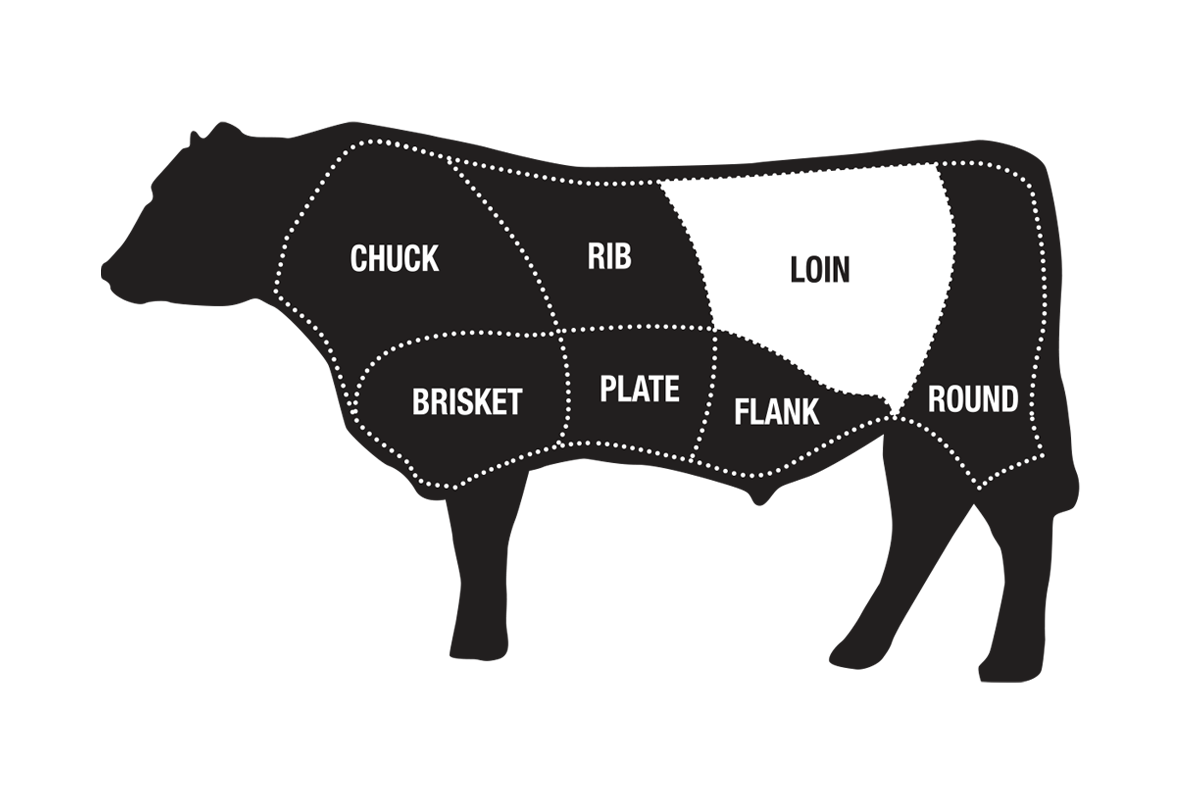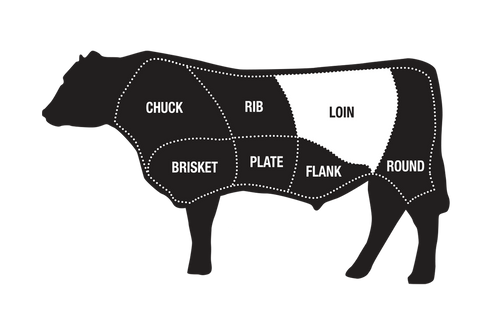Porterhouse Steak
Double R Ranch
The USDA Prime Porterhouse is a favorite of serious beef fans everywhere and boasts a long list of positive attributes: it's large in size, has the bone intact and has both a filet mignon and New York strip. Average weight is 1.75 lbs.
Cut by Master Butchers
Family-Owned & Operated
Namesake Brand
The Porterhouse is a generous size and weighs about 1.75 pounds. It’s actually “two steaks in one” since each Porterhouse contains both a tender filet mignon and a meaty New York strip. The USDA Prime grade assures each steak is superbly marbled, juicy and a savory flavor.
These beautiful USDA Prime steaks are large enough to share and will make short work of the biggest appetites at your dinner table. Order these Prime steaks online for dinner to your doorstep.
Average weight: 1.75 lbs.
The two top USDA grades are Prime and Choice, which have the highest levels of marbling.
USDA Prime is the top grade on the USDA scale with the highest amount of marbling. Only 8 to 10% of all U.S. beef achieves this grade.
USDA Choice falls directly below USDA Prime. Choice beef is high quality and has less marbling but offers an excellent value.

Details
The Porterhouse is a generous size and weighs about 1.75 pounds. It’s actually “two steaks in one” since each Porterhouse contains both a tender filet mignon and a meaty New York strip. The USDA Prime grade assures each steak is superbly marbled, juicy and a savory flavor.
These beautiful USDA Prime steaks are large enough to share and will make short work of the biggest appetites at your dinner table. Order these Prime steaks online for dinner to your doorstep.
Average weight: 1.75 lbs.
Cooking Tips
Beef Grading
The two top USDA grades are Prime and Choice, which have the highest levels of marbling.
USDA Prime is the top grade on the USDA scale with the highest amount of marbling. Only 8 to 10% of all U.S. beef achieves this grade.
USDA Choice falls directly below USDA Prime. Choice beef is high quality and has less marbling but offers an excellent value.







